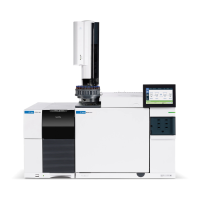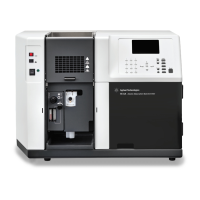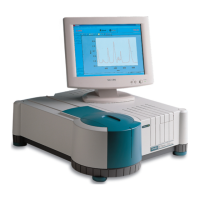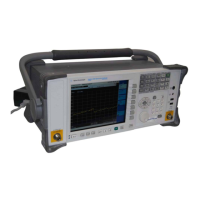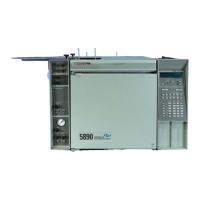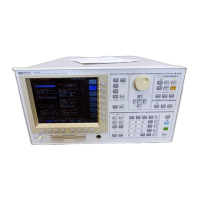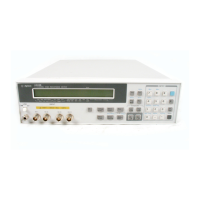Introduction 1
5975/5977 Series MSD Operation Manual 23
Safety and Regulatory Certifications (5977B)
For models other than the 5977B, see the documentation that was delivered
with your MSD for these certifications.
The 5977B Series MSD conforms to the following safety standards:
• Canadian Standards Association (CSA): CAN/CSA-C222 No. 61010-1-04
• CSA/Nationally Recognized Test Laboratory (NRTL): UL 61010–1
• International Electrotechnical Commission (IEC): 61010–1
• EuroNorm (EN): 61010–1
The 5977B Series MSD conforms to the following regulations on
Electromagnetic Compatibility (EMC) and Radio Frequency Interference
(RFI):
• CISPR 11/EN 55011: Group 1, Class A
• IEC/EN 61326
• AUS/NZ
This ISM device complies with Canadian ICES-001. Cet appareil ISM est
conforme a la norme NMB—001 du Canada.
The 5977B Series MSD is designed and manufactured under a quality system
registered to ISO 9001.
The 5977B Series MSD is RoHS compliant.
Information
The Agilent Technologies 5977B Series MSD meets the following IEC
(International Electro-technical Commission) classifications: Equipment Class
I, Laboratory Equipment, Installation Category II, Pollution Degree 2.
This unit has been designed and tested in accordance with recognized safety
standards and is designed for use indoors. If the instrument is used in a
manner not specified by the manufacturer, the protection provided by the
instrument may be impaired. Whenever the safety protection of the MSD has
been compromised, disconnect the unit from all power sources and secure the
unit against unintended operation.

